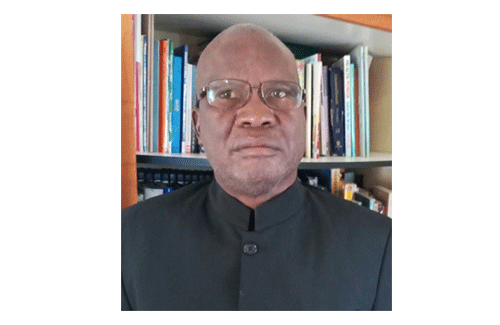After leaving the Chixhu-Sesheke-Singalamwe corridor, the PLAN freedom fighters criss-crossed the surrounding villages, and finally reached Masida district.
The flame of the liberation struggle was lit, could not be extinguished and stopped, reminiscent of the remarks by Macmillan, the British Prime Minister, who in 1960 warned the South African Parliament that the wind of change was blowing across the African continent, and no one was bound to stop it.
On arrival in the village, the fighters found fertile ground as the late Moses Malamo Manowa, who deputised Theofelus Hamalwa as commander of the group, was a cousin of Masida.
An indaba which can be likened to the pungwes of Chimurenga during the liberation war of Zimbabwe was held that night.
The freedom fighters spelt out their mission of liberating Namibia and bringing equality, freedom and justice to everybody in the country.
A few days after this encounter, helicopters and police vehicles descended on Masida village and arrested almost all the elderly men, including Kenneth Kuseka Muloho (still alive).
Induna Masida Chatambula was the first culprit and defendant, and his crime was receiving and welcoming the freedom fighters into his village, let alone feeding them.
This was a treasonable offence, whose verdict was tantamount to the death sentence, according to the South African security laws.
Those who were arrested included old men like Brakfese (Breakfast) Mutoiwa Ntesa, Babusa Masida, Raymond Muyumbano Muloho, and many others.
The South African Security Forces ignored the fact that the freedom fighters were more African than themselves, and in addition, Moses Malamo Manowa had relatives in the village.
The captives were rounded up, bundled into vehicles, and driven to the spot where the abandoned monument for the same heroes is erected.
The other captives from the nearby Makanga village were brought in chains. When all was set, the interrogations started in earnest.
The captives would first be electrocuted, and later on interrogated.
The tormentors would choose any spot to adjust the electric gadget, including even the private parts.
The torture went on through the whole night.
In the early hours of dawn, two young police officers out of acts of sheer barbarism and disrespect for human rights grabbed Induna Masida by his arms and legs, and straddled him over red-hot coals.
The next victim in this process was Brakfese Mutoiwa Ntesa, and others were tortured in that fashion.
The bellowing emanating from cries of helplessness of these elderly men who were so humiliated could be heard for miles on end.
They were in fact being braaied or roasted alive for simply welcoming the PLAN freedom fighters into their village.
After this torturous exercise, the captives were taken to the Katima Mulilo police station and were dumped in the cells, where the torturous routine and harassment continued.
It was a nightmare in which the interrogations lasted many hours, sometimes up to 12 hours, which was conducted in the night.
These innocent elders would pass out many times during the interrogation, only to be revived or resuscitated with buckets of cold water.
After their stint in the Katima police cells, many were transferred to Pretoria, possibly to B.J. Vorster Square Prison.
Here, they appeared before white South African judges who had never set foot in the then Caprivi Strip, let alone knowing the people from there, and above that ignored their rights to self-determination.
The captives sojourned in South African prisons, including Silverton, where they spent more than two years. Others like old man Brakfese started trickling back home.
Induna Masida was not so lucky, as he succumbed to his burn wounds and died at the hands of the South African Security Forces.
His body was buried in an unmarked grave, and no one knows its location up till today.
It is believed that his body was sprayed with petrol or other flammable stuff, and set on fire.
It is inhumane for a leader such as Masida to have no grave. In 1990, Namibia became independent, and many people from Masida village hoped for a better future to be rewarded for the blood and sweat of their elders who suffered that much.
It was hoping against hopes, as nothing of that sort came their way.
What the ruling party did was to erect a monument on which a few names are inscribed, and left it to rot.
Late Induna Maida’s biological son has been visiting the veterans affairs’ office in Katima Mulilo to appeal against his application for veteran status, which was declined.
Even his appeal was equally turned down. Now, one wonders who should really qualify for this money if the offspring of the prisoners of the liberation struggle do not.
Nevertheless, there are many cases in which people who were collaborating with the South African Security Forces are currently benefitting from the veterans’ monies.
Yes, there is a policy of national reconciliation, whereas people have forgiven each other but not forgotten the atrocities committed against them and their parents.
The people of Masida deserve better treatment because of their role in the liberation struggle. Even the grave of late Induna Masida should be sought and the remains be given an honourable burial befitting a national hero. The name of old man Nziuluzi should also appear in the annals of the Namibian liberation struggle!


